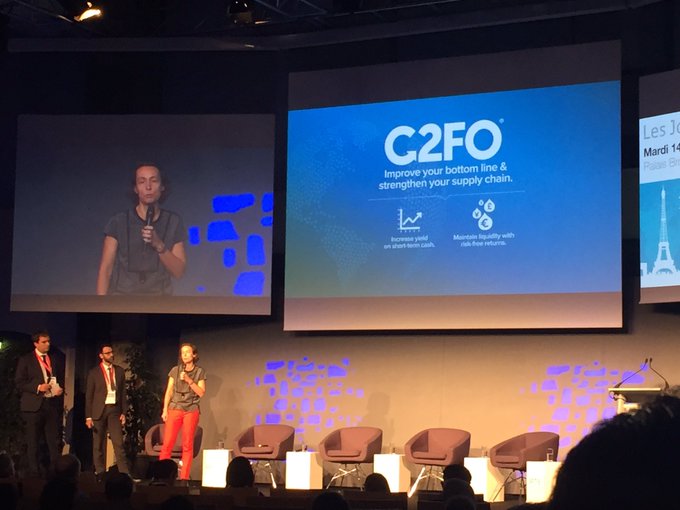Why banking app Dave is putting humans behind its texts to customers
For personal finance app-cum-banking platform Dave, “banking for humans” is more than a marketing slogan. It’s a core pillar behind how it approaches customer service, even if people are interacting with the brand through a computer or smartphone screen.
The platform has acquired 3.5 million users since its launch two years ago.

Although instant messaging and web-based chat options are available to assist Dave customers, it’s still too early to completely delegate all customer service functions to AI, according to Mia Alexander, vice president of customer experience at Dave. She joined Dave two months ago, after serving 17 years as vice president of customer care at GreenDot, and her new role is focused on designing customer journeys.
To Alexander, keeping the brand voice consistent across channels is a priority as the company adds new products and services. “With Dave, they have something really special and very clear and transparent, and as they try to diversify their products, it was important to keep that transparency,” she said. “How do we keep what [customers] love about us, and actually give them augmented services that are transparent and clear.”
To Alexander, that’s why humans matter. They are at the back end of all web-based chats and SMS conversations, along with studying each customer service interaction from start to finish. They’re focusing on whether the customer’s issue was resolved in an efficient and effective manner.
Dave, which launched two years ago, began as a subscription-based overdraft protection tool, offering customers a payday advance of up to $75 to cover their expenses until payday. Dave has been adding new products at a steady clip, including checking accounts with a partner institution in June, and Side Hustle, a job marketplace within the app that has integrations with a dozen gig-economy companies such as Uber and Instacart.
“When you branch out, you might make assumptions based on that initial engagement [with the customer], and that may not be right,” Alexander said. In an interview with Bank Innovation, she outlined how Dave is approaching customer service.
A focus on millennial and Gen Z customers’ needs
The average Dave user is 22. Because of that, getting a grip on how younger customers approach customer service is important, Alexander said. To do this, she’s been using the company’s customer service CRM tool to study customer service conversations in an effort to find the best trajectory for the target customer. She explained that, traditionally, banks have taken the lead in telling customers where to go. In contrast, younger customers want to be able to dictate the terms of that conversation by initiating their own inquiries based on their research. They don’t necessarily want to talk to someone on the phone.
No calls, please
In the spirit of maximizing channel availability, phone calls are available to Dave customers, but Alexander stressed that success from phone-based customer service interactions should be based on whether they solve problems for the customer rather than focusing on how agents interact with customers. However, in general, a typical Dave customer actually may be turned off by phone-based customer service, she noted.
“They want to be the sole owner of that experience,” Alexander said. “They’re going to go find [details] first before they ask. Phone calls are seen as very intrusive; they use texting and chat.”
Automation is the future, but it’s not here yet
The company is open to enabling automated customer service capabilities in the future, but its focus now is on getting the interactions right. Until it’s able to get a handle on how customers are interacting and what their preferences are, humans will be on the back end of all SMS and web chat conversations, Alexander noted.
“We will not get into digital and AI until we really understand what’s the right amount of information,” Alexander said. “You don’t want to be automatically [directed] into AI when you’re not servicing the question.” Dave will use the results of its ongoing review of customer service conversations before deciding what to automate, she noted.
Alkexander acknowledged that personalized, AI-based customer service is the future, but the tech is far from reaching a point where it replaces humans completely. “There is so much amazing technology and speech recognition and insights that can be plugged in,” she said. “The future of service is where people can have a very optimized AI experience, but I do think it is a catchphrase for putting it out first and then figuring it out later. There’s an appetite for it among millennials and beyond, but they won’t use it just for the coolness factor. It has to make sense, it has to be smart and it has to be intuitive.”
Join us to learn more about the Future of Financial Identity, Aug. 12 at 6:30 pm ET. Click here for details.


















